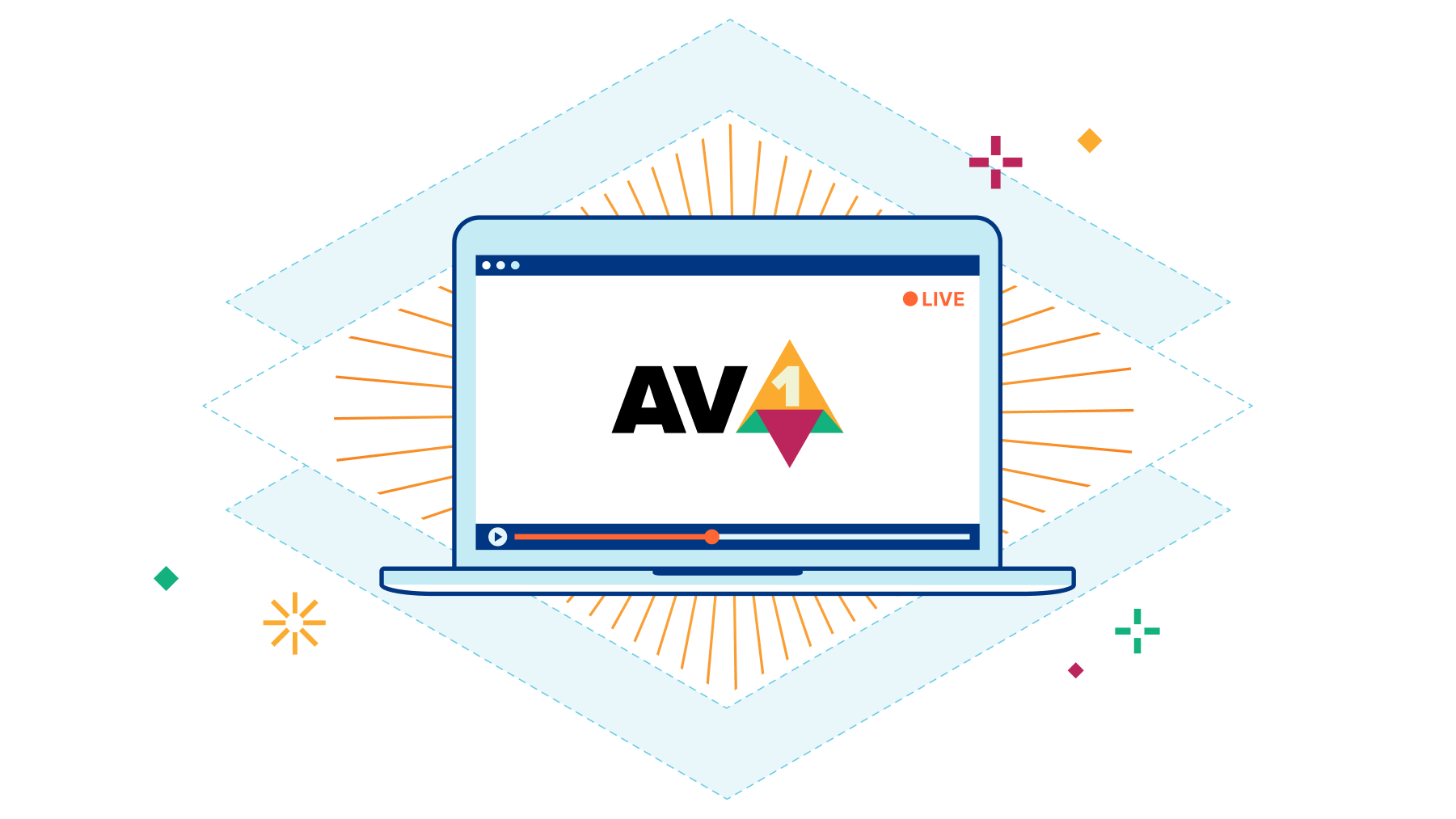IPv6 Buzz 111: IPv6 And The Public Cloud
What's the state of IPv6 in the public cloud? What support is available in which of the major providers? What are the cloud challenges of v6? How does v6 affect multi-cloud architectures? The latest episode of the IPv6 Buzz podcast examines these and other v6 questions for public cloud.IPv6 Buzz 111: IPv6 And The Public Cloud
What's the state of IPv6 in the public cloud? What support is available in which of the major providers? What are the cloud challenges of v6? How does v6 affect multi-cloud architectures? The latest episode of the IPv6 Buzz podcast examines these and other v6 questions for public cloud.
The post IPv6 Buzz 111: IPv6 And The Public Cloud appeared first on Packet Pushers.
The Art Of System Design As HPC And AI Applications Diverge
Predicting the future is hard, even with supercomputers. And maybe specifically when you are talking about predicting the future of supercomputers. …
The Art Of System Design As HPC And AI Applications Diverge was written by Timothy Prickett Morgan at The Next Platform.
Hedge 149: Roundtable

Who’s using the cloud? Is cheap complexity harmful? Are mainframes dead? Is this the end of specialized networking hardware? Is it a good idea to have server folks build networks? On this episode of the Hedge, Tom, Eyvonne, and Russ go “guestless” in a roundtable about various topics and ideas in the networking world. Listen here—
How to Reduce Varicose Veins from a Sedentary Lifestyle
Varicose veins are a common condition that occurs when the valves in the veins become damaged and allow blood to flow backwards. This can cause the veins to become enlarged and twisted. Although varicose veins can occur at any age, they are more common in people over the age of 50 and in women who have been pregnant. People who have a sedentary lifestyle are also at increased risk for developing varicose veins. The good news is that there are several things you can do to reduce your risk of developing varicose veins.
Ways to Reduce Varicose Veins from a Sedentary Lifestyle
Exercise regularly
Doing regular physical activity helps keep the blood flowing throughout your body. Aim for 30 minutes of aerobic exercise at least five days a week. Walking, jogging and swimming are all good activities to help reduce your risk of developing varicose veins.
Wear compression stockings
Compression stockings are tight-fitting stockings that help reduce the pressure in your veins, which can help prevent varicose veins from developing. Your doctor can recommend the best type of stocking for you.
Elevate your legs
Lying down and propping your legs up above your heart can help reduce the pressure in Continue reading
More Arista EOS BGP Route Reflector Woes
Most BGP implementations I’ve worked with split the neighbor BGP configuration into two parts:
- Global configuration that creates the transport session
- Address family configuration that activates the address family across a configured transport session and changes the parameters that affect BGP updates
AS numbers, source interfaces, peer IPv4/IPv6 addresses, and passwords clearly belong to the global neighbor configuration.
More Arista EOS BGP Route Reflector Woes
Most BGP implementations I’ve worked with split the neighbor BGP configuration into two parts:
- Global configuration that creates the transport session
- Address family configuration that activates the address family across a configured transport session, and changes the parameters that affect BGP updates
AS numbers, source interfaces, peer IPv4/IPv6 addresses, and passwords clearly belong to the global neighbor configuration.
Aryaka Adds Secure Web Gateway, Firewall Service To Its SD-WAN And Security Capabilities
Aryaka is introducing both a Secure Web Gateway (SWG) and a Firewall-as-a-Service (FWaaS) offering to complement its SD-WAN capabilities. Many vendors, including Aryaka, are extending their SD-WAN offering to include security functions delivered as-a-service via Points of Presence (PoPs) or public clouds. This as-a-service approach makes it easier for customers to consume security services because […]
The post Aryaka Adds Secure Web Gateway, Firewall Service To Its SD-WAN And Security Capabilities appeared first on Packet Pushers.
Join our upcoming live roadshow series: ‘Zero Trust, Zero Nonsense’


Many companies now believe that Zero Trust is the answer to common perimeter network infrastructure problems. But they sometimes struggle to make the progress they’d like, frequently pushing adoption timelines back.
The most common reason we hear from our customers is: “We aren’t sure how to get started.” There’s a lot of Zero Trust talk in the market, but comparatively little substance — leading to uncertainty about how to proceed.
Businesses need a strategy for tackling Zero Trust adoption and security modernization one step at a time. Cloudflare wants to help. So we’re hosting in-person discussions with security and IT leaders to do just that.
We’re hosting a series of Zero Trust Roadshows in various North American cities. These events will feature Cloudflare executives, industry experts, and other organizations like yours, and focus on ways of breaking the Zero Trust roadmap into manageable pieces, allowing organizations to make steps towards:
- Augmenting (or replacing) a VPN: Provide simple, secure access to resources and maintain a great employee experience, while mitigating risk of lateral movement—a favorite hacker and ransomware tactic.
- Streamlining SaaS security: Empower IT with the visibility and controls of SaaS apps and email they deserve to better care for Continue reading
Take Our SD-WAN and SASE Survey
Take our SASE and SD-WAN survey to help identify industry issues as these services become more common.Supporting next level IXP topologies
Netlab 1.4 sneak preview (unofficial)

Imagine you are an IXP deploying technologies like RFC9161 EVPN with proxy ARP and MPLS over RSVP-TE, and you need to come up with a validated multi-vendor design. How would you go about that?
The Netlab team has got you covered. Check out this example — a sneak preview with upcoming Netlab 1.4 features (work in progress)
- S1/S2 are data center routers doing EVPN/VXLAN with proxy ARP; iBGP control plane and ISIS IGP. Anycast gateways are available in the ‘red-hot’ vlan
- C1/C2 are core nodes doing SRv6 over ISIS (one might call this BGP-Free :)
- PE1/PE2 are MPLS core nodes doing MPLS EVPN over LDP, with OSPF
netlab up
…is all it takes to bring this topology to life!



Bringing the best live video experience to Cloudflare Stream with AV1


Consumer hardware is pushing the limits of consumers’ bandwidth.
VR headsets support 5760 x 3840 resolution — 22.1 million pixels per frame of video. Nearly all new TVs and smartphones sold today now support 4K — 8.8 million pixels per frame. It’s now normal for most people on a subway to be casually streaming video on their phone, even as they pass through a tunnel. People expect all of this to just work, and get frustrated when it doesn’t.
Consumer Internet bandwidth hasn’t kept up. Even advanced mobile carriers still limit streaming video resolution to prevent network congestion. Many mobile users still have to monitor and limit their mobile data usage. Higher Internet speeds require expensive infrastructure upgrades, and 30% of Americans still say they often have problems simply connecting to the Internet at home.
We talk to developers every day who are pushing up against these limits, trying to deliver the highest quality streaming video without buffering or jitter, challenged by viewers’ expectations and bandwidth. Developers building live video experiences hit these limits the hardest — buffering doesn’t just delay video playback, it can cause the viewer to get out of sync with the live event. Buffering Continue reading
Day Two Cloud 166: VMware: How Multi-Cloud Services Address Cloud Complexity (Sponsored)
Multi-cloud services are an emerging category of software designed to make your Dev and Ops teams' multi-cloud reality easier to cope with. Sponsor VMware stops by the Day Two Cloud podcast to talk about how the operational challenges of running workloads in a mix of public and private clouds and how its multi-cloud services initiative can help.Day Two Cloud 166: VMware: How Multi-Cloud Services Address Cloud Complexity (Sponsored)
Multi-cloud services are an emerging category of software designed to make your Dev and Ops teams' multi-cloud reality easier to cope with. Sponsor VMware stops by the Day Two Cloud podcast to talk about how the operational challenges of running workloads in a mix of public and private clouds and how its multi-cloud services initiative can help.
The post Day Two Cloud 166: VMware: How Multi-Cloud Services Address Cloud Complexity (Sponsored) appeared first on Packet Pushers.